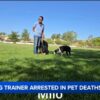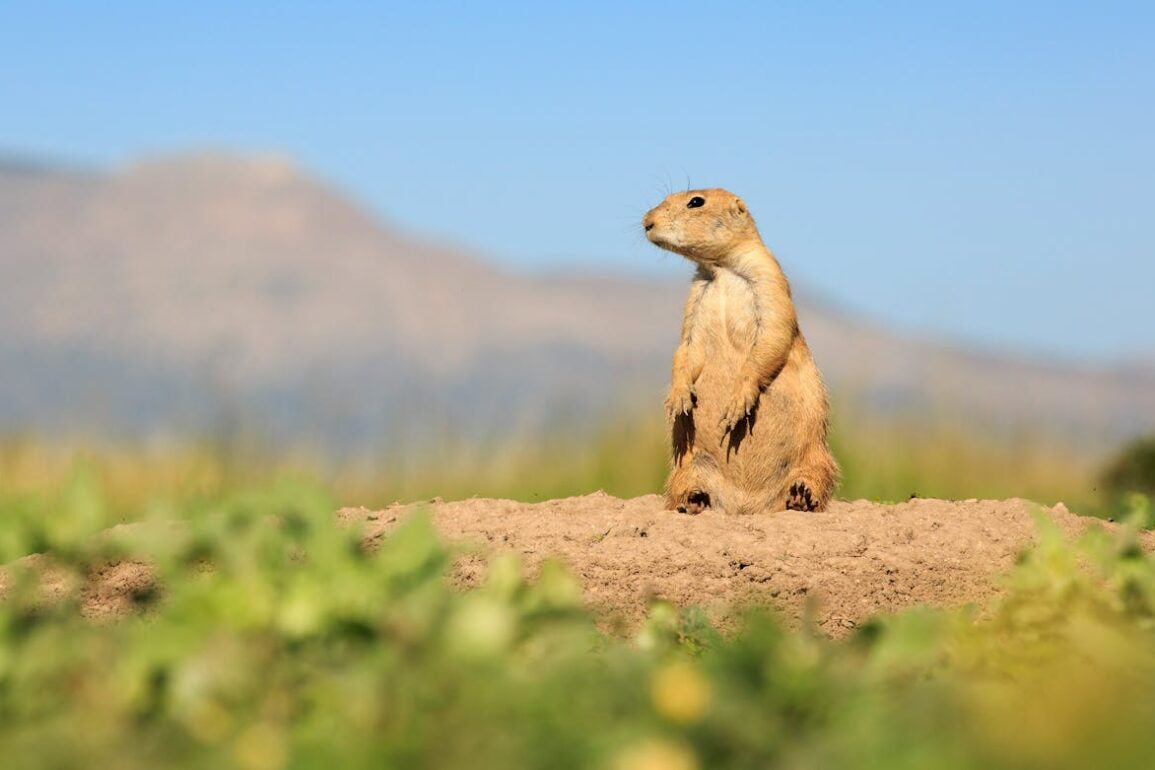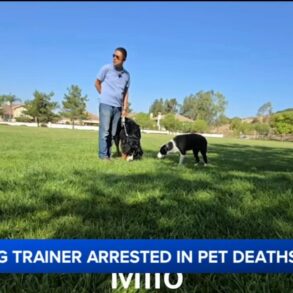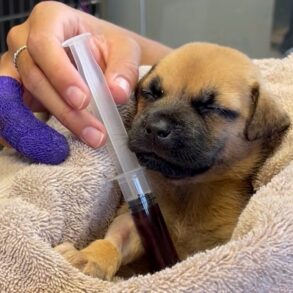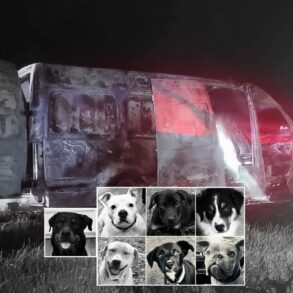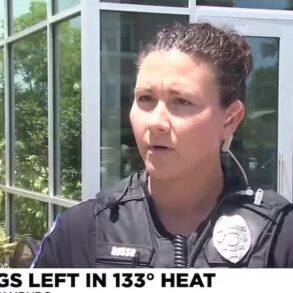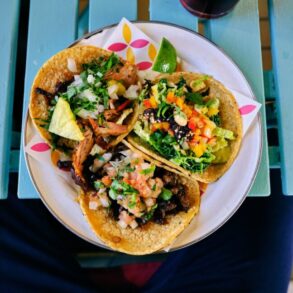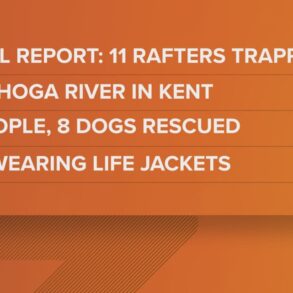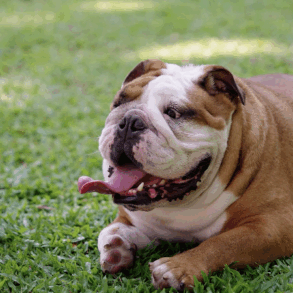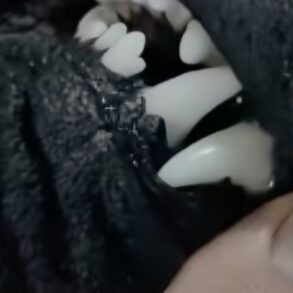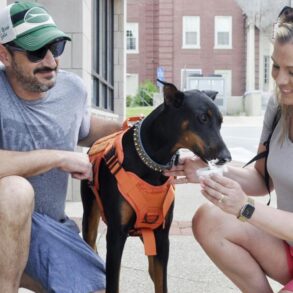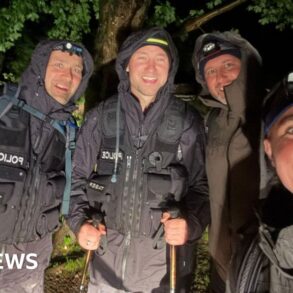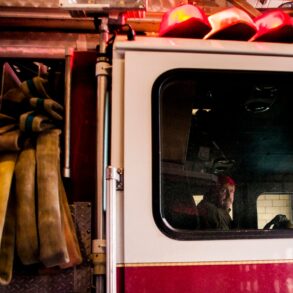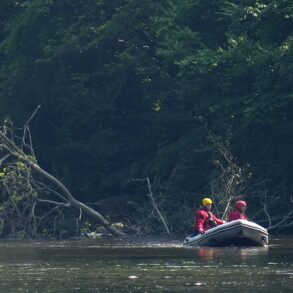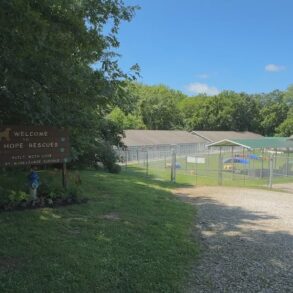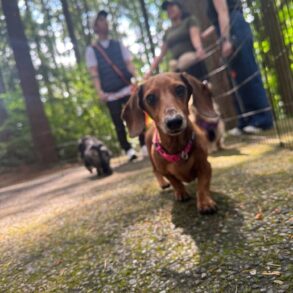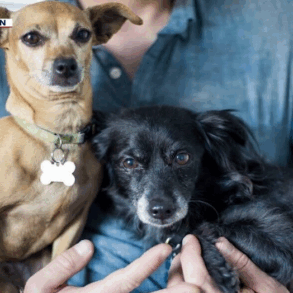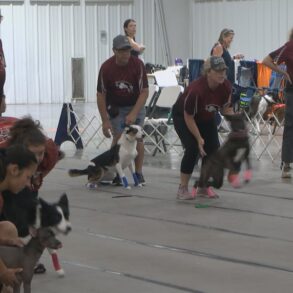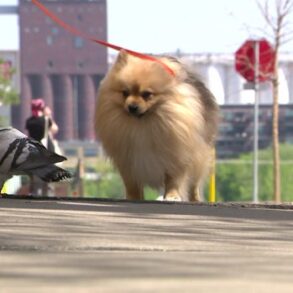Texas Ranchers Used to Hate Prairie Dogs. Now Some Are Fans.
Research from West Texas shows that cattle prefer to graze on areas where prairie dogs live, refuting long-held stereotypes.
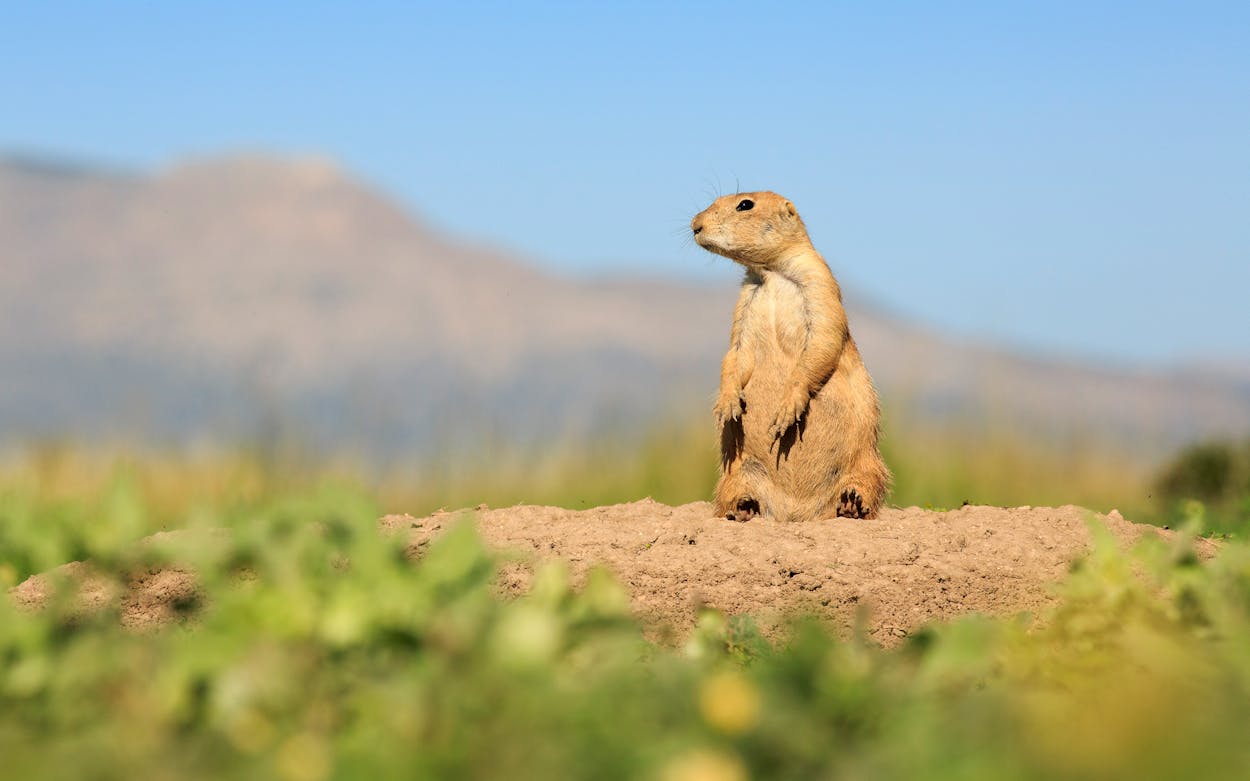
Courtesy of Jerod Foster/The Nature Conservancy in Texas
By sunrise on an August morning, the landscaping crew at the Marathon Grasslands Preserve in Brewster County is hard at work. Plump, sandy brown bodies scamper across the gently sloping ground at this 2,700-acre preserve about ten miles northeast of Marathon, pausing where a piece of too-tall grass needs to be chewed down. Dirt flies as a digger cleans out a burrow, her black-tipped tail bouncing as she works. It’s a social bunch that touch noses as they pass one another and keep up a steady chatter of birdlike chirps. Meanwhile, a sentry keeps watch for predators from her perch on top of a mound. She stands alert, her stumpy little T. Rex arms resting on her white belly, and scans the landscape.
This industrious bunch is part of the largest black-tailed prairie dog town in the Trans-Pecos, the desert region that stretches from the Pecos River west to El Paso and encompasses the Big Bend area. The town covers more than a quarter of the Marathon Grasslands Preserve, owned and managed by the Nature Conservancy, and extends into neighboring properties. Yet despite this colony’s impressive size, the black-tailed prairie dog—the most common of the five species of prairie dogs in North America—today inhabits only 2 percent of its native range. That territory once covered 100 million acres of the Great Plains, stretching from southern Canada into Mexico. Humans have paved and plowed much of that land and eradicated the rodents along the way. But recent research has shown that prairie dogs are beneficial to grasslands—and perhaps even to grazing cattle.
“The public perception about prairie dogs, and especially with the ranching community, has changed drastically over the last seventy years or so,” says Kaylee French, the Nature Conservancy’s West Texas education and outreach manager. The conservancy and nearby landowners now generally share a positive view of prairie dogs, she says. “They’ve seen that prairie dogs provide value on the landscape and can coexist harmoniously with cattle.”
On this summer morning, we’re bumping along an old ranch road French’s truck, hoping to see some of the critters up close. Dragonflies hover in the air, and crickets creak in the golden grass. Scaled quail, their fish-shiny breasts rippling with light, scurry into the brush. As we cross into another pasture, the tall grass is replaced by a short green carpet pockmarked with prairie dog holes. French points out the entrance burrows, each surrounded by a mound of dirt that gives sentries a vantage point and keeps rain from flooding the tunnels. The mounds stretch several feet across—the town is actually visible on Google satellite view, with each burrow appearing as a dark dot ringed by a white circle. Tunnels extend six to fifteen feet below ground, with multiple “rooms” for nesting or listening to what’s happening on the surface. A half dozen prairie dogs dart in and out of holes, yipping to alert one another of our presence.



As we stop to watch, two burrowing owls sweep low across the ground and land on an entrance mound. The owls are small, about ten inches tall, and stand on spindly legs reminiscent of an old-fashioned clothespin. A couple of prairie dogs emerge from the hole and stand next to the owls. Everyone stares at us.
Burrowing owls are odd birds. Unlike most owls, they hunt during the day and, instead of living in trees, nest underground—preferably in a hole someone else has already dug. They seek out active prairie dog burrows, enjoying a lock-and-leave lifestyle because their hosts do all the yard work. Fortunately, the owls have the decency not to eat their hosts; their usual diet includes insects, lizards, and smaller rodents, such as voles and kangaroo rats.
The owls aren’t the only squatters here. Barking frogs and prairie rattlesnakes also take shelter in the burrows. This is part of what makes prairie dogs a “keystone species” for the grasslands, French explains. “If you took them out of the ecosystem, it would affect many different plant species and many different animal species in the area. They’re kind of the glue that holds the ecosystem together.” Of course, removing any one animal from a region will have deleterious effects on the whole system, French says. But the effect is more pronounced with prairie dogs because they are so useful to other wildlife. Other animals use prairie dog holes, and other animals— coyotes, bobcats, badgers, ferruginous hawks, golden eagles—eat prairie dogs for dinner.
Prairie dogs also have a significant role in maintaining native grasslands, a whopping 62 percent of which have been lost since European settlement to agriculture and development or to woody shrub encroachment. In the absence of wildfire, shrubs and bushes tend to take over prairie landscapes, using nutrients that grasses need and changing the hydrology of the soil. As the open prairie disappears, so do its birds and animals, such as pronghorn, which need ample open space to evade predators.
Thankfully for those fauna, prairie dogs are “grassland engineers” who prevent the larger plants from encroaching, French says. They nibble down woody shrubs such as tarbush, mesquite, and allthorn, partly to wear down their continuously growing top incisors, and partly to keep predators from having a place to hide. Plus, their constant digging aerates the soil, and their scat returns nutrients to the landscape.
As more ranchers have learned about these benefits, some have come to embrace the long-maligned prairie dog. For years, the prevailing wisdom among ranchers held that prairie dogs were a threat to cattle, partly because they dug holes that cows could accidentally step into, breaking a leg. It’s a legitimate concern, but a manageable one, says Bonnie Warnock, a professor and soil scientist at the Borderlands Research Institute at Sul Ross State University in Alpine. Warnock grew up on a ranch near Marathon and was aware that not every landowner shared her father’s tolerance of prairie dogs. Her father was careful to keep the rodents out of pens where livestock were crowded into a confined space and couldn’t see where they were stepping. But in open pastures, where cattle could easily see and avoid the holes, he left the prairie dogs alone, aware that they had a beneficial effect on the landscape.
Many ranchers also perceived that prairie dogs competed with cattle for grass. But a recent yearlong study by the BRI found that prairie dogs didn’t decrease the overall quantity of grass on the landscape—and that cattle may prefer grazing on prairie dog towns. The research team, which included Warnock, placed GPS collar-wearing cattle on three different sections of the Marathon Grasslands Preserve, each containing a different percentage of prairie dog town. By monitoring the GPS data, the researchers could tell where the cattle spent the most time grazing; meanwhile, the team collected vegetation at regular intervals and measured its volume and nutrient content. As it turns out, the areas with prairie dogs produced just as much grass, although it was spaced out differently. In warm seasons, the cattle spent more time grazing on the prairie dog colonies than on areas without prairie dogs.
“Our finding was that it’s not detrimental to have prairie dogs on your ranch,” Warnock says. “You can actually look at them as being positive for your cattle grazing.” The BRI has shared its findings with Trans-Pecos land managers, most of whom she describes as very receptive to the information. She said several noted they had already observed a similar phenomenon to what BRI documented in its study.
That reaction is part of a larger shift in perceptions of the animals, French says. “More recently, people love the prairie dogs . . . They see them as an integrated part of the ecosystem.”



Where to See Prairie Dogs in Texas
The Marathon Grasslands Preserve is usually closed to the public but offers periodic free tours. Check the Nature Conservancy website for updates.
Several roadside pullouts on the west side of U.S. 385, five to ten miles north of Marathon, offer good prairie dog viewing (bring binoculars).
Lubbock, Abilene, and Fort Worth have prairie dog towns accessible to the public.
This post was originally published on this site be sure to check out more of their content.



